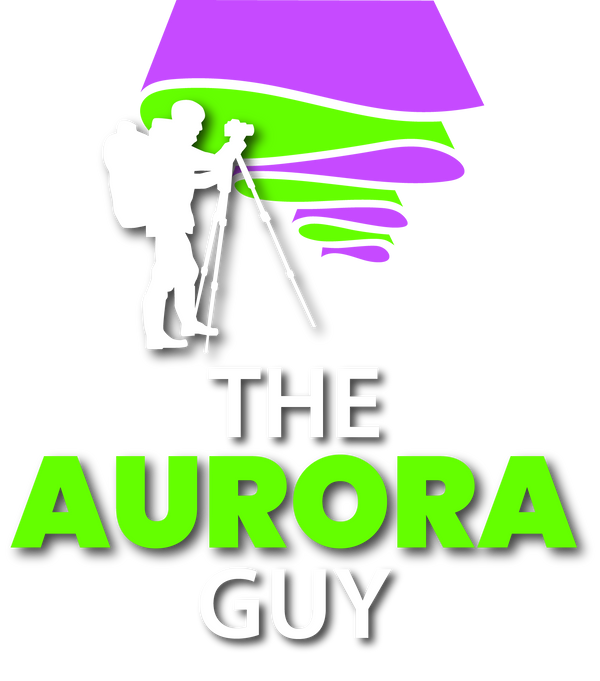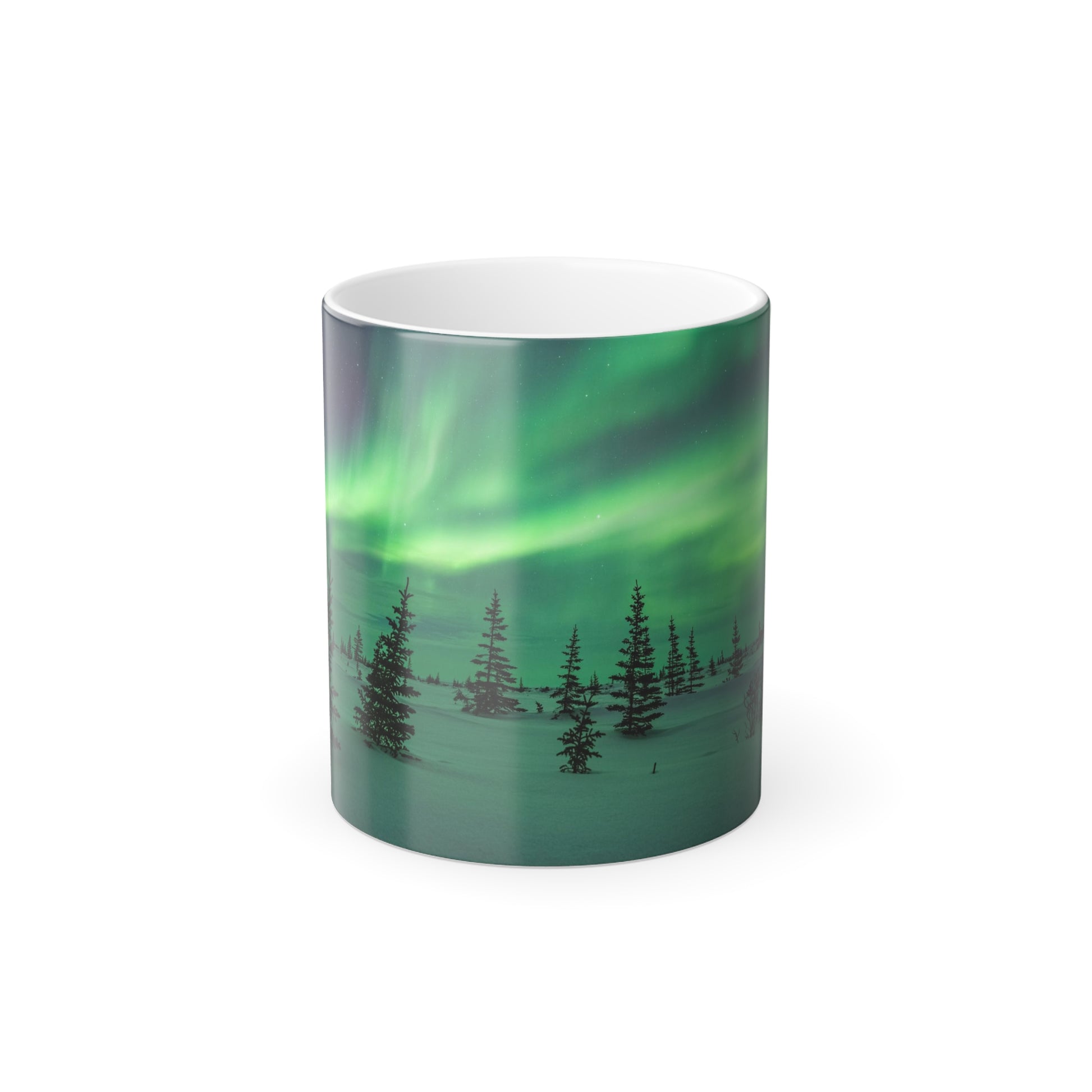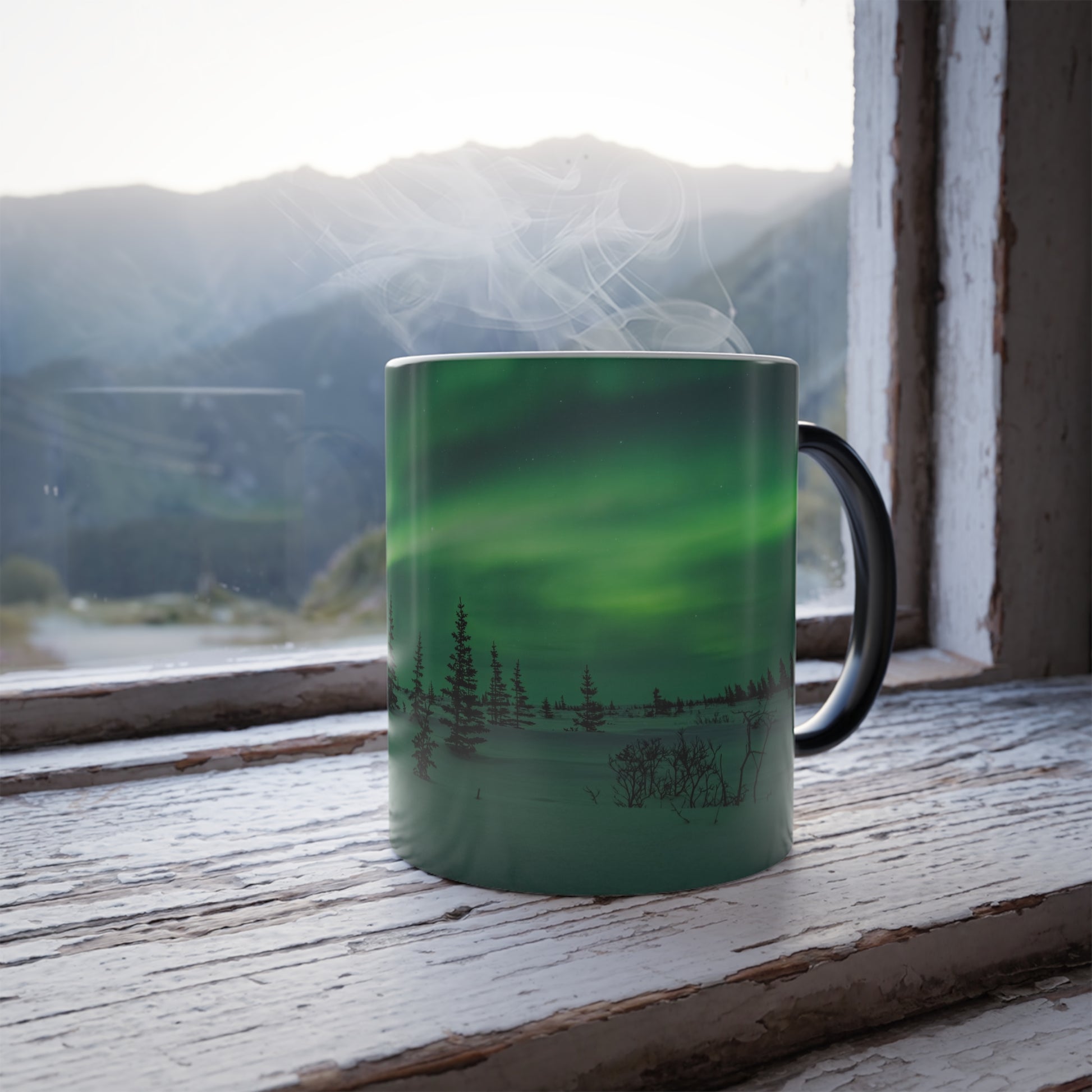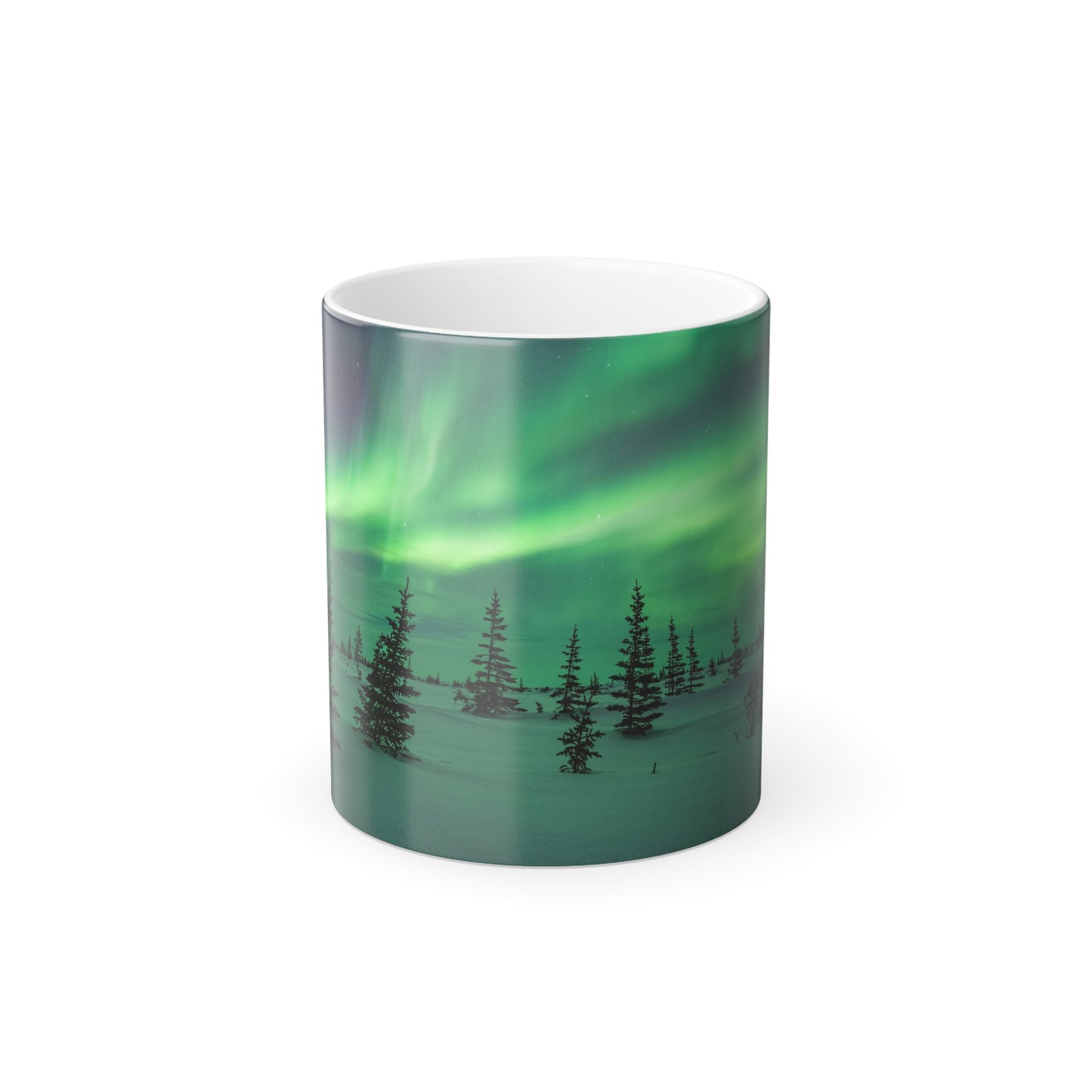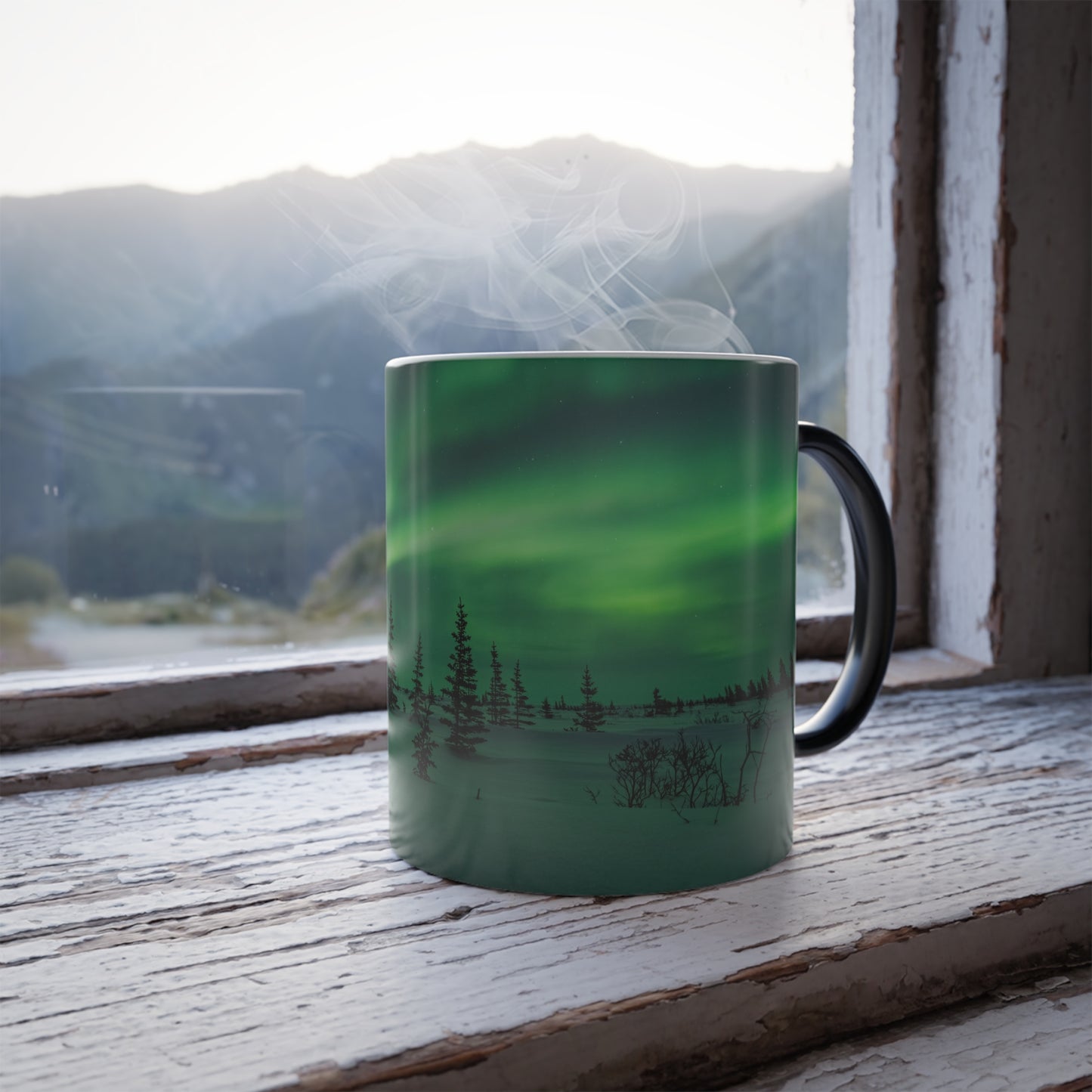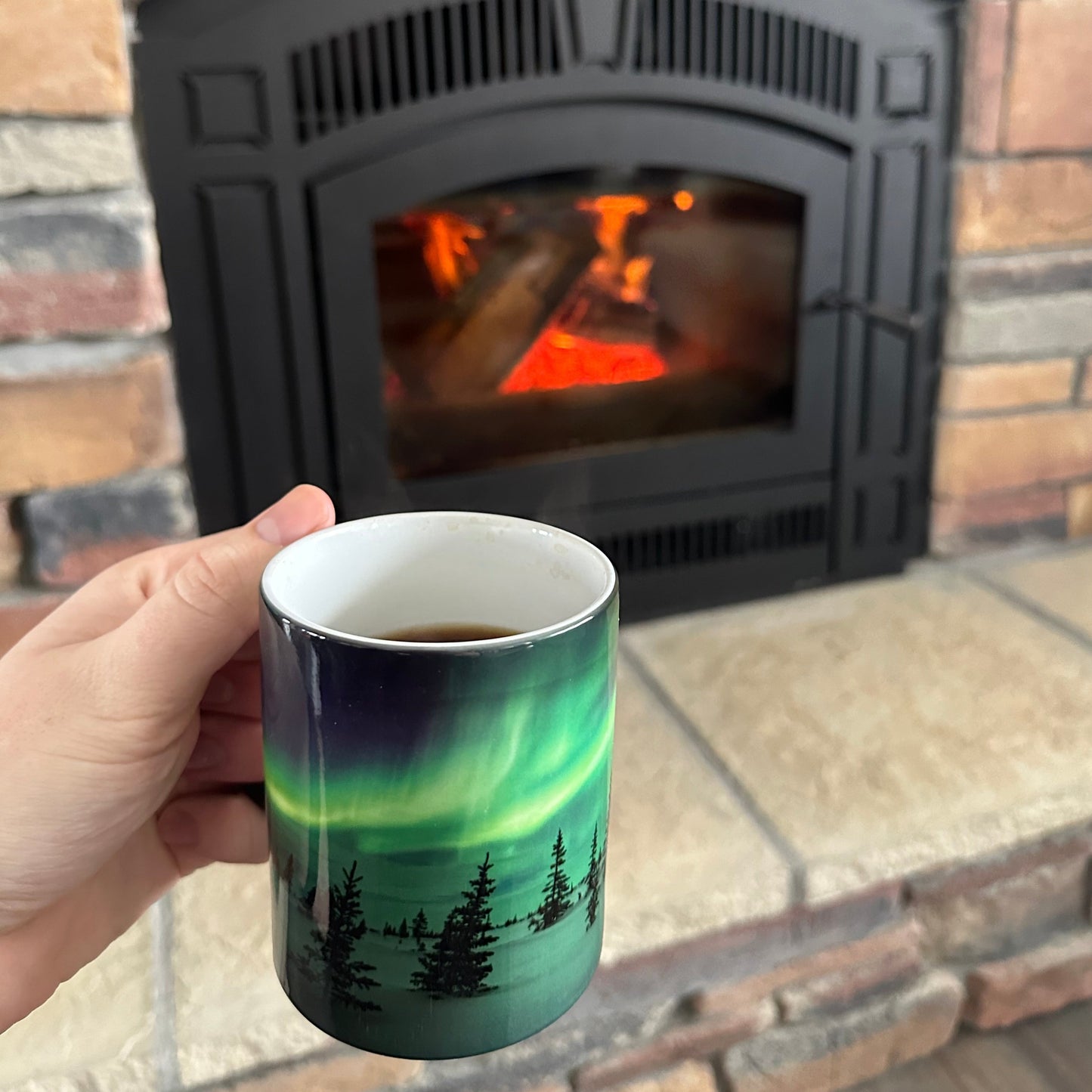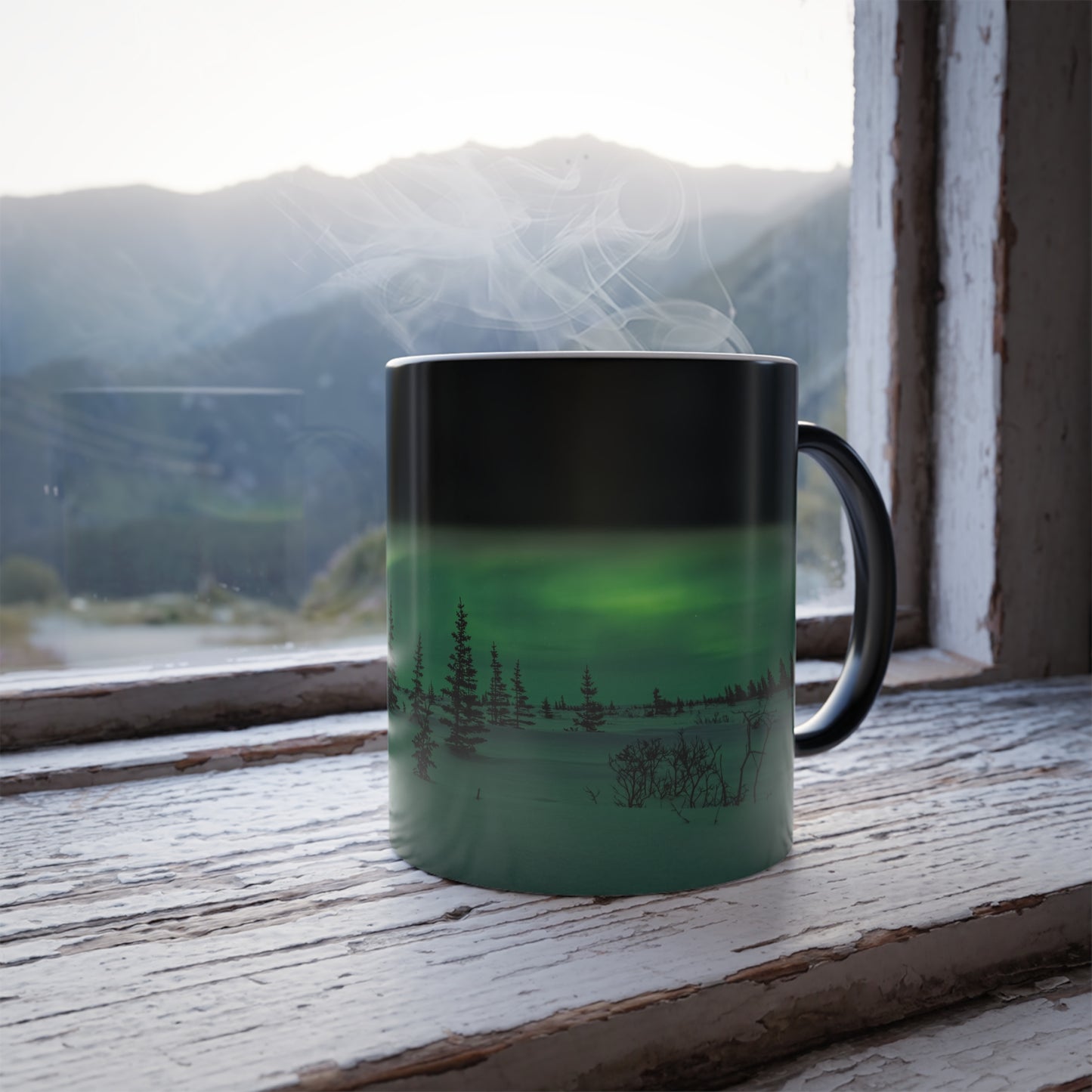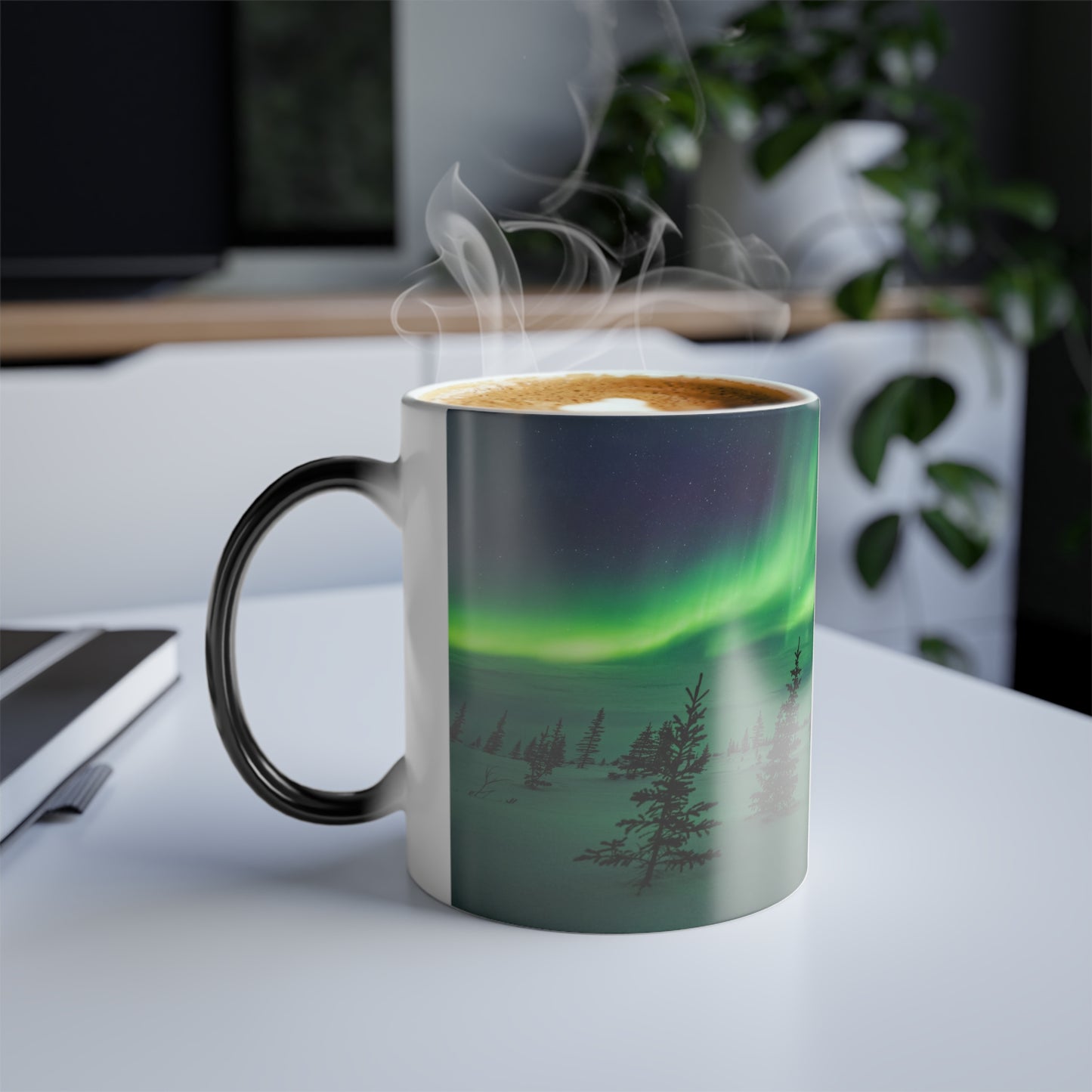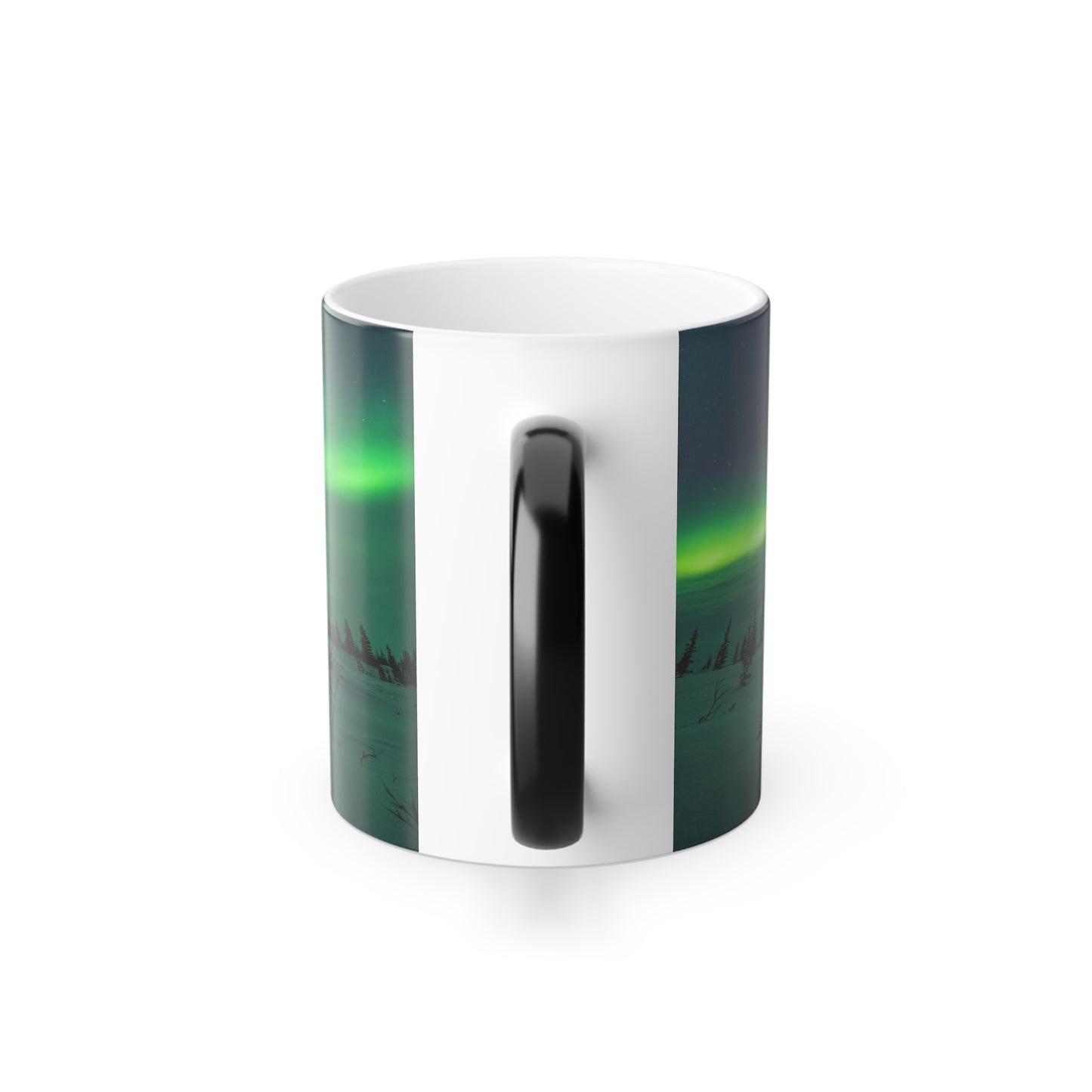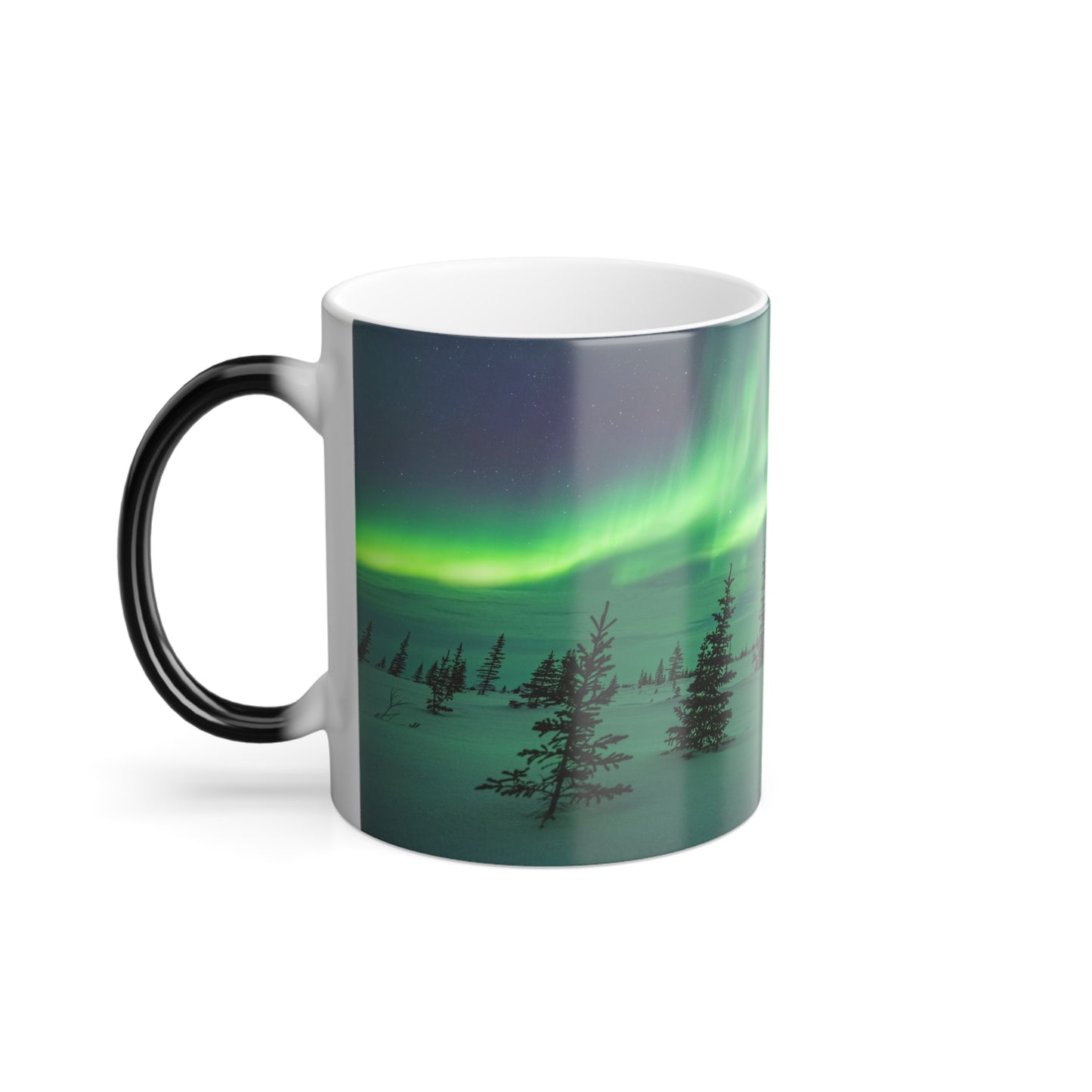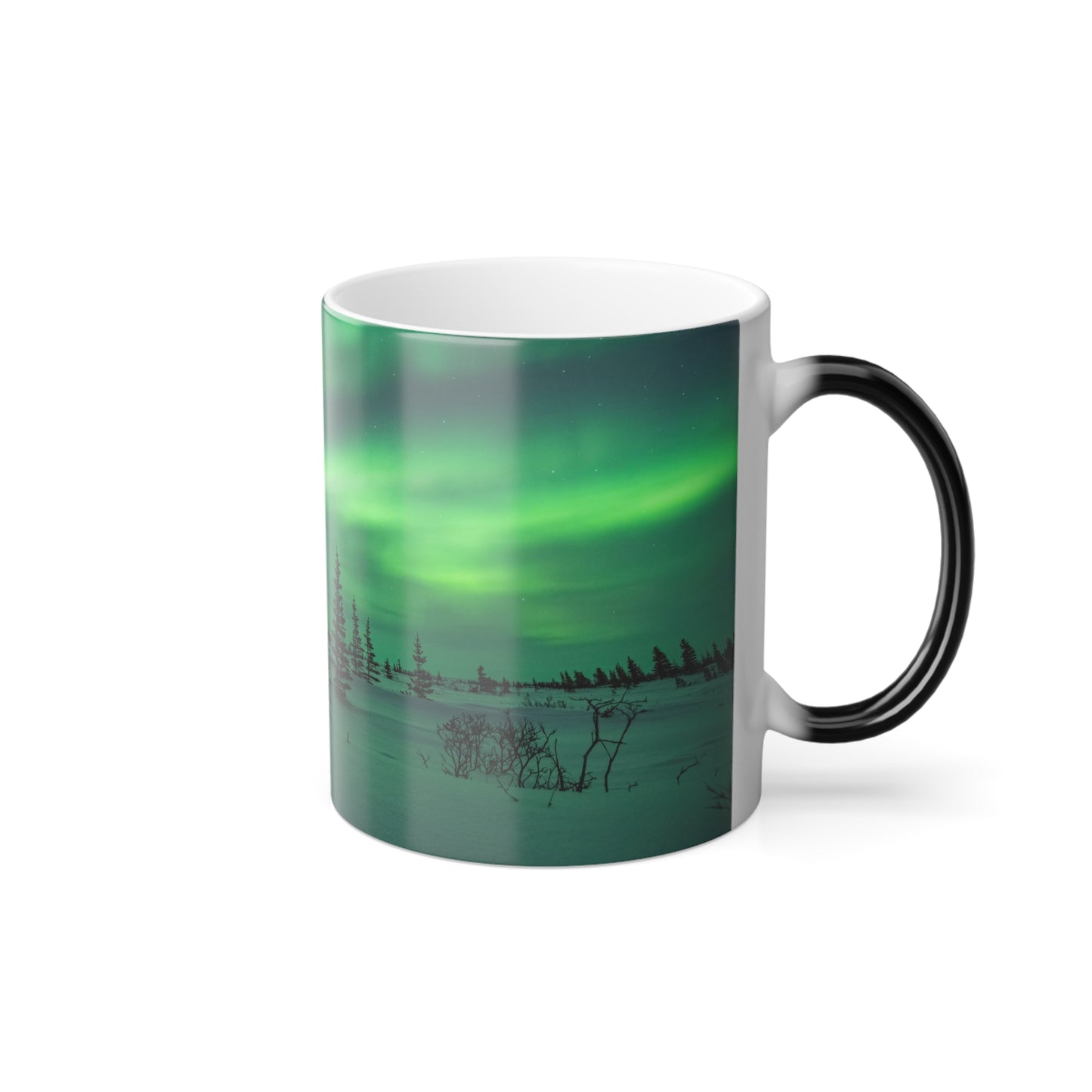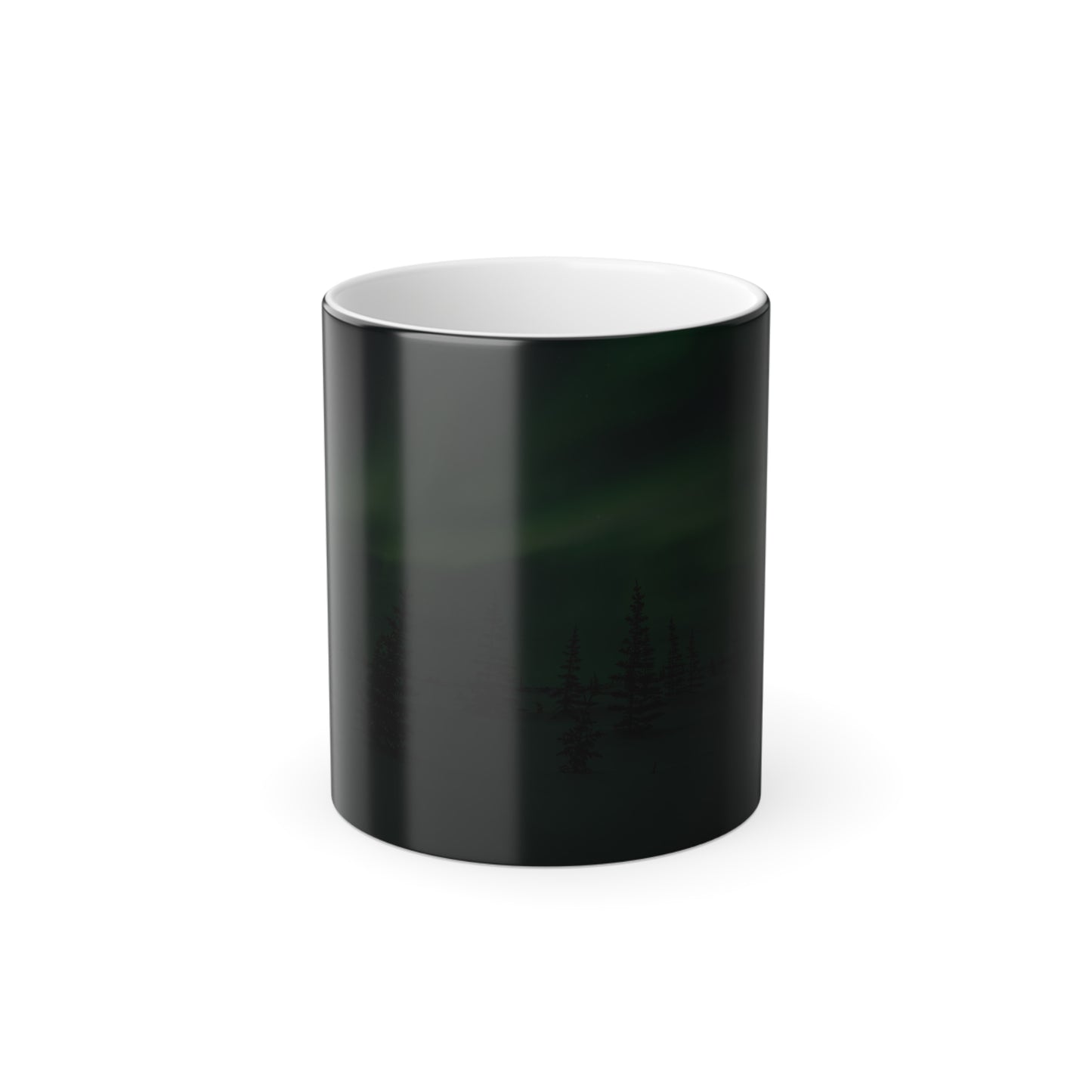When and where can YOU see the aurora?

Let me answer the most common questions about the aurora on the internet!
Before we start, though, if you want the best answers to these questions and many more, check out two resources: my beginner's guide e-book and my blog article about aurora forecasting and prediction!
Read my blog article: Leading Practices and Strategies for Answering the Age-Old Question of "When Will the Aurora Be Out?"
When is the best time to see the aurora?
In general, the best times to see the aurora are in March and September! April and October are also good months! Due to the Russell-McPherron and Equinotical effects, solar wind hitting our planet's magnetic shield is able to transfer more energy into the aurora around the equinox months. The exact scientific process that goes on is beyond the scope of what you need to know to see the aurora, but the proof is in the pudding. Look at this graph of average geomagnetic activity over the course of a year, as seen in my "Beginner's Guide to Aurora Chaing" e-book:

Also, if you plan on making a trip to the auroral oval (more on what this is later) to get a better chance of seeing the lights, you will want to only visit from late August until late April. During the summer, locations in the Arctic experience so much sunlight that even at midnight, the sky is too bright to see the aurora. Remember that in order to see the aurora, it needs to be clear and dark! There are only a few places in the world where you have a reliable chance of seeing auroras during the summer even on low activity nights, and that's in Canada where the auroral oval dips down furthest south.
Places like Churchill, Manitoba and Raddison, Quebec are two places where you can see auroras in the auroral oval throughout the summer. The aurora season in Churchill lasts about two months longer than in Tromsø, for example! The only times you can't see auroras there are for a few weeks surrounding the summer solstice. If you want to plan a trip to Churchill, I have an e-book for that! Check out "A Complete Guide to Aurora Chasing in Churchill Manitoba!"
Since I'm guessing most of you don't live at high-latitudes underneath the auroral oval, the best times to see auroras at mid- or low-latitudes will be during geomagnetic storms.
Geomagnetic storms occur when the Kp index is a 5 or greater. The Kp index is a popular aurora index that tracks average global geomagnetic activity. It's not the best tool to use when trying to forecast the aurora in real-time, but it will tell you when activity is generally enhanced.

Here is a map showing what Kp index is generally necessary to see aurora at certain geomagnetic latitudes in North America. As you can see, the more intense geomagnetic storms (Kp 7, 8, 9) will push auroras further towards the equator! Be careful with these maps, though! During intense bursts of aurora, it can be possible to see aurora equatorward of even these view lines! Webcams and reports from social media will always give you the best idea of where aurora is being seen during heightened activity nights.
These geomagnetic storms are caused by severe space weather which causes the auroral ovals to expand and move further towards the equator. Space weather events that can cause geomagnetic storms include high speed streams and coronal mass ejections. These phenomena are explained in detail in my blog article and aurora chasing e-book.
The best thing you can do is watch the NOAA Space Weather Prediction Center's (SWPC) geomagnetic storm watches and warnings then when the time comes, watch for reports to come in from social media and aurorasaurus.org. Dedicated aurora webcams are the best resources to use when activity is enhanced - these "ground truth" data will tell you exactly where aurora is being seen! I have a dedicated webcams list on my website where you can monitor the aurora all around the world.

NOAA's OVATION Prime model is pictured above. It gives you an estimate as to where aurora can be seen in real-time. The oval shape is the auroral oval. Like the Kp index, though, OVATION is sometimes too conservative, in other words, auroras can often be seen further equatorward of the shaded region during geomagnetic storms. For example, the storm pictured caused aurora sightings as far south as Colorado and Utah, further south than the model suggests!
It is important to stress that there is no way to predict high auroral activity nights more than 1-3 days in advance, and there is no way of reliably predicting the strength of aurora beyond about 1-2 hours. The best advice I have for planning trips to see the aurora is to stay at least a week to have the best chances of catching clear skies. The aurora occurs above the clouds, so you need clear, dark skies to see the aurora.
It is also worth checking the average cloud cover for different months out of the year for wherever you plan to travel. In Fairbanks, for example, March is the clearest month by a long shot. Combine that with the effect of being near the equinox, and March is the most popular month to travel to Alaska to see the northern lights. Weatherspark.com has some great climatological data on cloud cover and precipitation. Here are the reports for some common aurora chasing locations in the Arctic:

Figures included in my e-book "A Beginner's Guide to Aurora Chasing." You can see how March in Fairbanks is the clearest month out of all locations in the winter. Churchill in August is the clearest time and location to see auroras out of all three of these locations during aurora chasing season. Remember that since Churchill is further south than Tromsø or Fairbanks, the aurora season is longer due to the less extreme midnight Sun conditions. Also, the auroral oval dips down over Canada, so even at its lower latitude, the auroras in Churchill are just as strong as other places in the auroral oval that are further into the Arctic.
Is there a best time of the night to see the aurora? The hours before and around "magnetic midnight" are when the aurora is strongest. This is when the auroral oval is right over you (or directly toward the pole if you are located equatorward of the auroral oval). For most places on Earth, magnetic midnight is around 11 pm to 2 am, so this is the best window to catch the strongest displays of aurora.
To get even more specific, substorms are the strongest displays of aurora that occur around 1-2 times per night. These last 15-30 minutes and are when many of the most vibrant colors and active motion are seen. If you're taking a trip to North America to see the aurora, you can use the GOES magnetometers to predict when substorms will occur. Aside from webcams, GOES is my favorite tool that I use in the field. I have an entire blog article explaining how to use the GOES mags! This is an advanced tool, but I have never seen anyone explain its utility for aurora chasing it until me!

Around midnight or from 11 pm to 2 am, you will usually see the most active aurora!
What is the best place to see the aurora?
The auroral ovals encircle the geomagnetic poles at the north and south poles and any location in these areas will receive nightly auroras overhead. Therefore, to have the best chances of seeing the northern or southern lights, you want to travel to the auroral ovals.
Unfortunately, the southern auroral oval is mostly over ocean waters or Antarctica, so really, only the northern lights are accessible. During active geomagnetic conditions, the auroral ovals expand further towards the equator. Auroras, then, can be seen in places like central Europe, the northern USA, Tasmania, and New Zealand.

This is an aurora probability map for the northern hemisphere. The numbers indicate the percent chance you have of viewing the aurora on any night. The red and yellow lines represent the auroral oval. Credit: Astralis Productions
During active geomagnetic conditions, the auroral ovals expand and more locations further towards the equator end up seeing the aurora. Space weather events can create these active periods, and as an e-mail subscriber, you'll have access to my aurora alerts which I send out whenever a good night of aurora is forecasted! The photos below show simulated auroral ovals for Kp 3 and Kp 5 conditions. Even at just a Kp 3, it is possible to see aurora as a glow on the horizon in places like Minnesota, USA and Toronto, Canada.

Some popular spots to see the aurora that are inside the auroral oval are:
- Tromsø, Norway
- Fairbanks, Alaska
- Rovaniemi, Finland
- Abisko, Sweden
- Reykjavik, Iceland
- Churchill, Manitoba
- Yellowknife, Northwest Territories
These are places that have aurora nearly every night overhead regardless of geomagnetic activity!

With quiet or average geomagnetic activity, auroras may be seen as a glow on the horizon in places like:
- Whitehorse, Yukon
- Edmonton, Alberta
- Anchorage, Alaska
- Winnipeg, Manitoba
- Oulu, Finland
- Trondheim, Norway
These places may have active overhead auroras with just minor geomagnetic storming!

During strong geomagnetic storms, auroras may be overhead in places like:
- Minneapolis, Minnesota
- Seattle, Washington
- Juneau, Alaska
- Calgary, Alberta
- Tasmania
- and more!
- Auroras may be seen on the horizon from places like:
- London, United Kingdom
- Oslo, Norway
- Helsinki, Finland
- Stockholm, Sweden
- Denver, Colorado
- Washington D.C.
- Amsterdam, Netherlands
- Sydney, Australia
and more!
So, as you can see, you can enjoy the aurora from many places in the world! If you're planning a trip, then go to the auroral oval for the best chances, but if you live near any of the places that see auroras during active geomagnetic conditions, maybe all it will take is a little patience and a watchful eye on the data to see the lights!
The last piece of the puzzle to answer the "Where?" question is finding a place near your house, hotel, or AirBnB. This one is simple - you want to head as far away from city lights as you can to get the most pristine views of the night sky and the aurora. A good website to check the light pollution near you is lightpollutionmap.info. In Fairbanks, the extensive road network makes finding a dark viewing area easy. Here's where I like to travel when I am chasing the aurora near my home in Fairbanks:

This map shows the areas that I avoid in purple dotted contours and my target areas for aurora chasing in red dotted contours. This graphic is part of my e-book, "A Beginner's Guide to Aurora Chasing."
Hopefully now, you know when and where you can see the aurora!
All it takes to see the aurora is a little context and knowledge! If you plan a trip to the auroral oval for a week, make sure you head away from city lights, and go out during the hours of 11 pm - 2 am during a clear night, there's a very good chance you will see the auroras overhead in all their glory.
Want to chase closer to home? Well, you'll need a little help from space weather and active geomagnetic activity. When conditions are right, auroras can push towards the equator and cause spectacular displays around the world!
Good luck out there, and clear skies!
